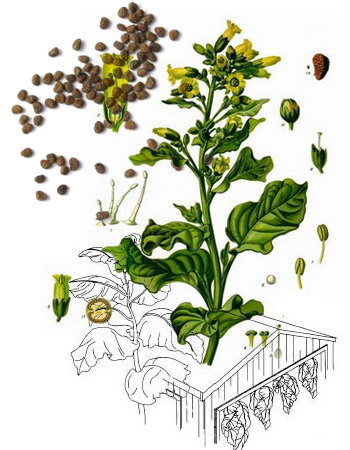The Seed

Seed to Barn
Every Habano tobacco leaf derives from a seed named Tabaco Negro Cubano that was discovered in Cuba over 500 years ago. Although botanical research resulted in several seed varieties during the 20th century, a strain named Criollo, introduced in 1941, remains the basis for all seeds used for Habanos today.
Two forms of cultivation produce two types of leaves needed to make Habanos: wrapper leaves, which are shade-grown under muslin cloth, and filler and binder leaves grown under full exposure to the sun.
The seed-to-barn process begins in June and July, when famers plant their fields in intervals to spread the work through the season. Initially, seedlings are grown in seedbeds and covered for protection. They are typically planted out after 45 days, when they reach the height of 15 cm, or 6 inches.
Farmers inspect each plant repeatedly to remove the top bud and the resulting side shoots. This is done so the plant can focus its growth on the larger leaves. Farmers from elite farms, or Vegas Finas de Primera, are typically in charge of 500,000 plants, each of which must be inspected 150 times during the season.
About 40 days after being planted out, tobacco plants are ready to harvest-a difficult task because each leave is picked individually, two or three at a time, which allows the plant to develop the remaining leaves.
Leaves are picked from the bottom up. Since farmers must wait several days between pickings, a single plant takes roughly 30 days to harvest. The seeding to harvest period lasts 17 weeks for wrapper leaves and 16 weeks for binder and filler leaves.
The leaves are now ready to be transported to barns for curing.

